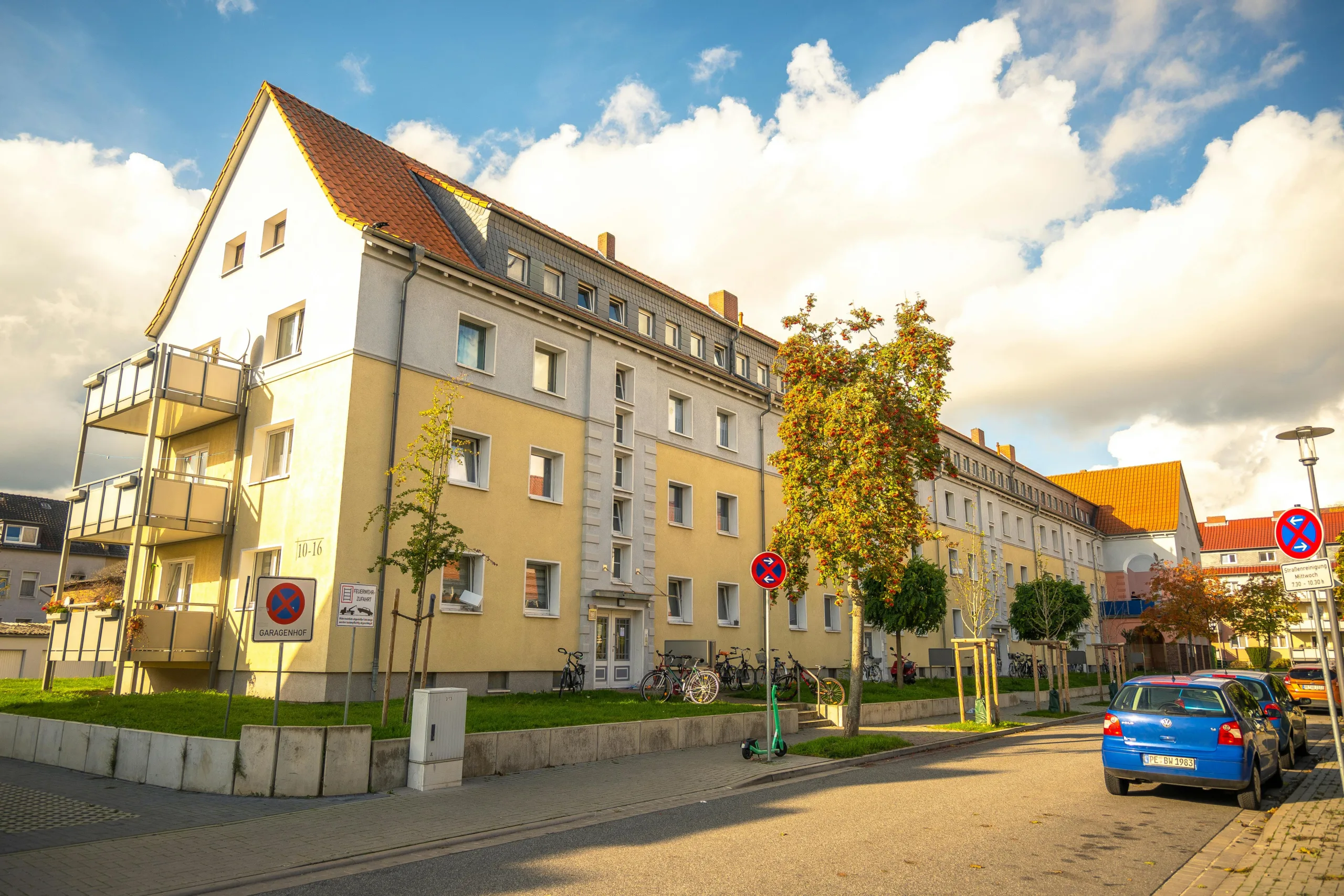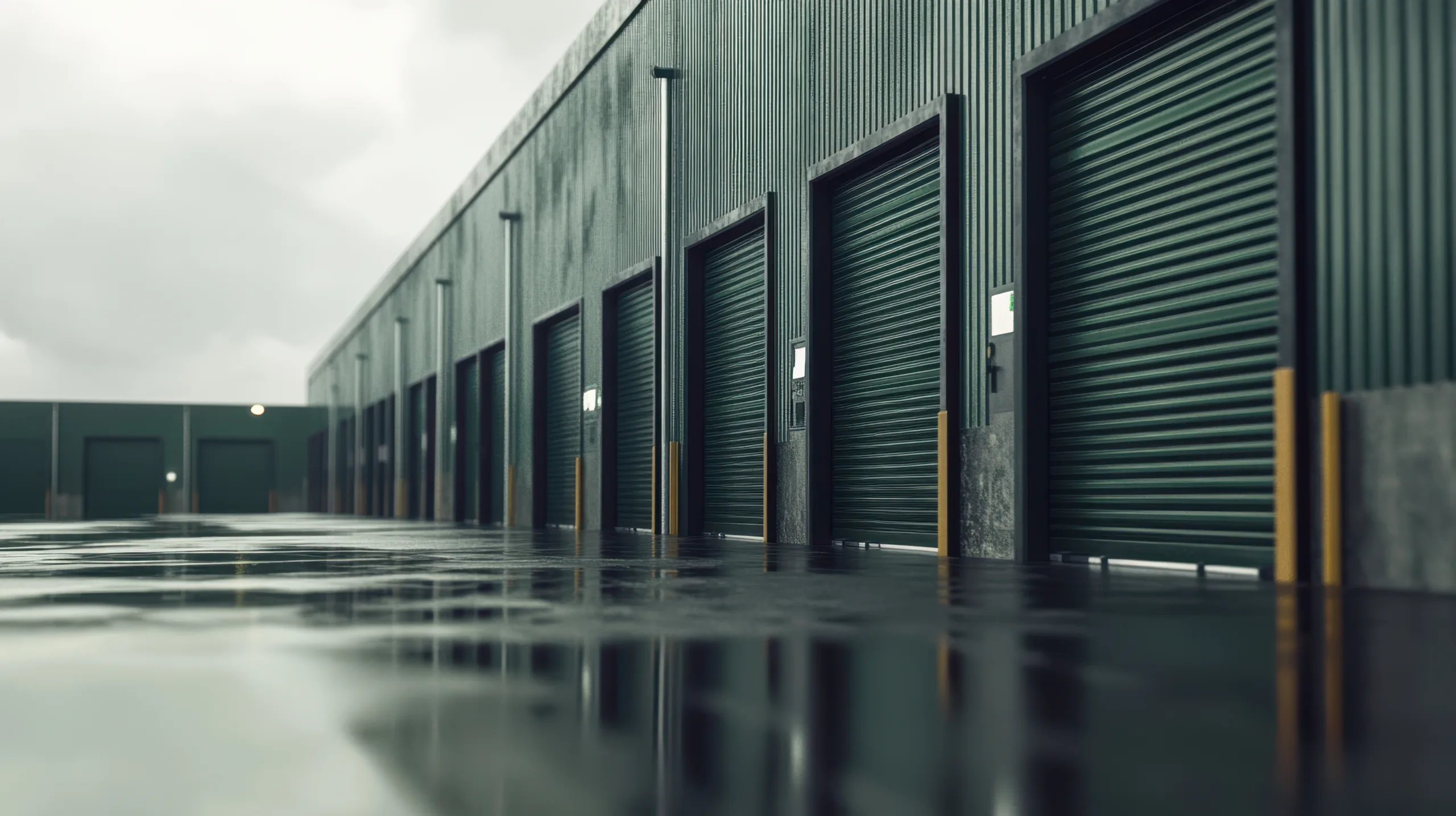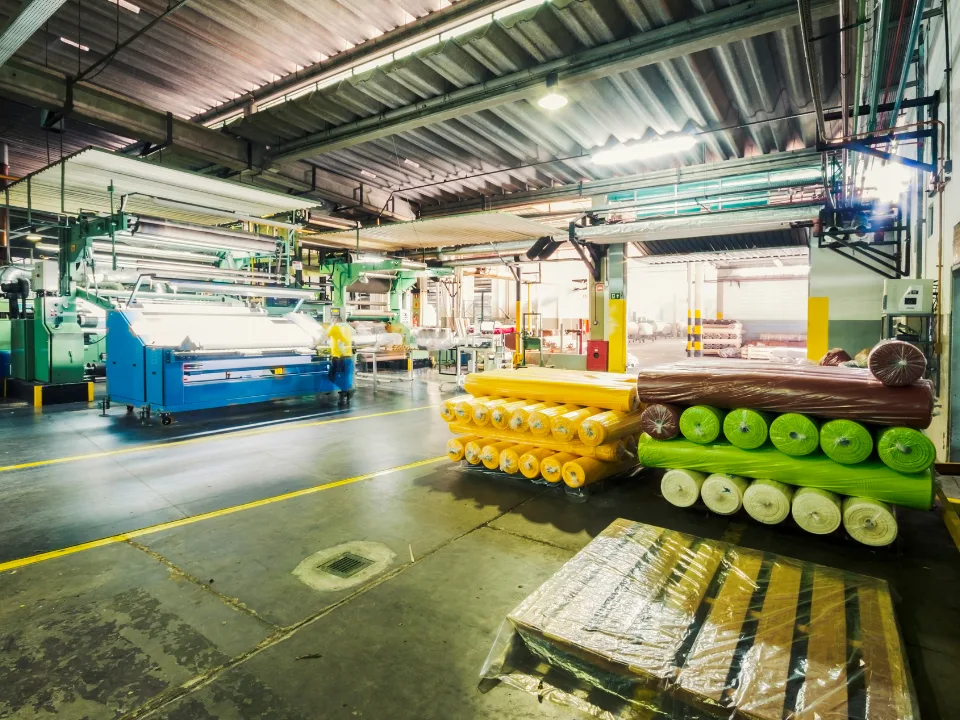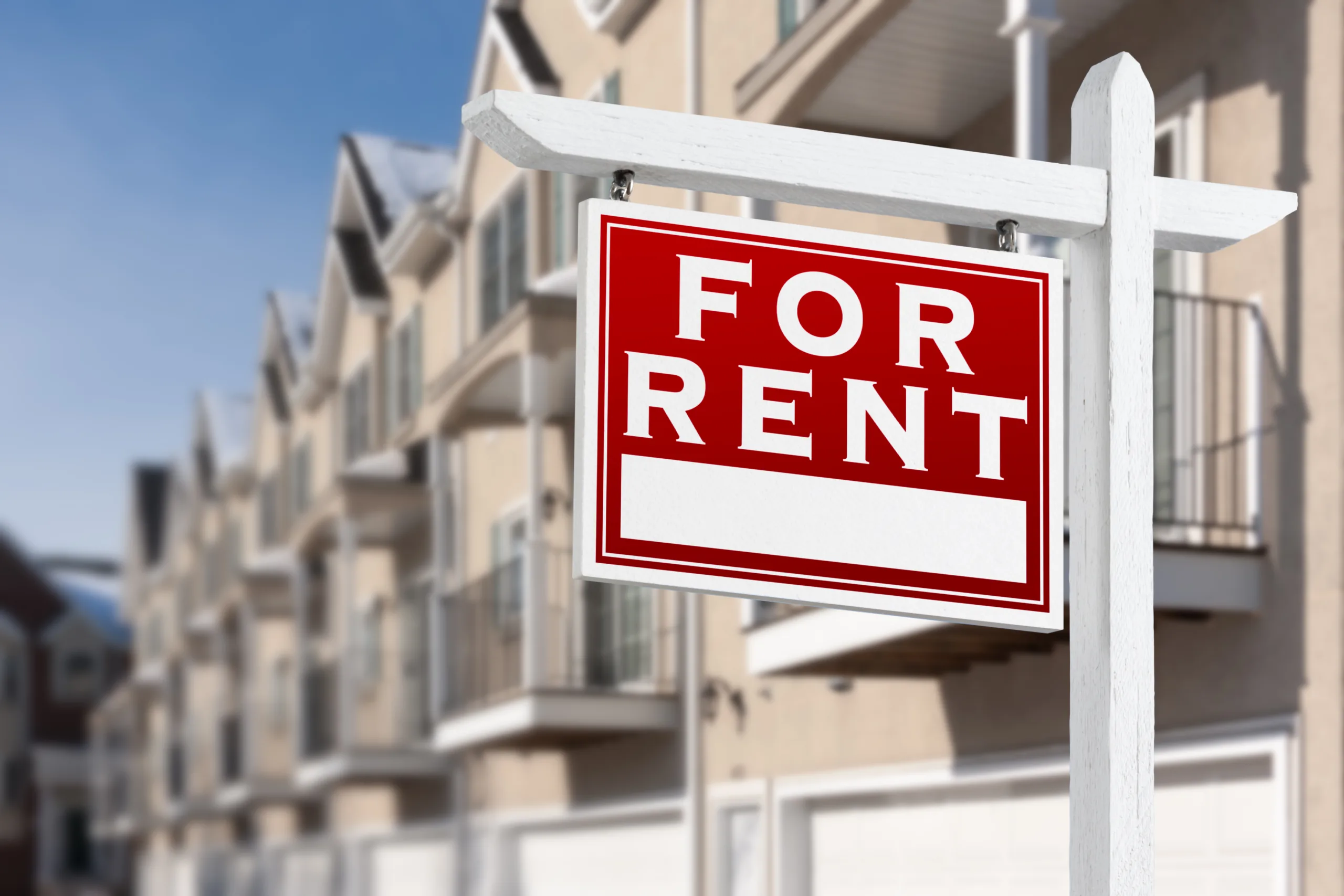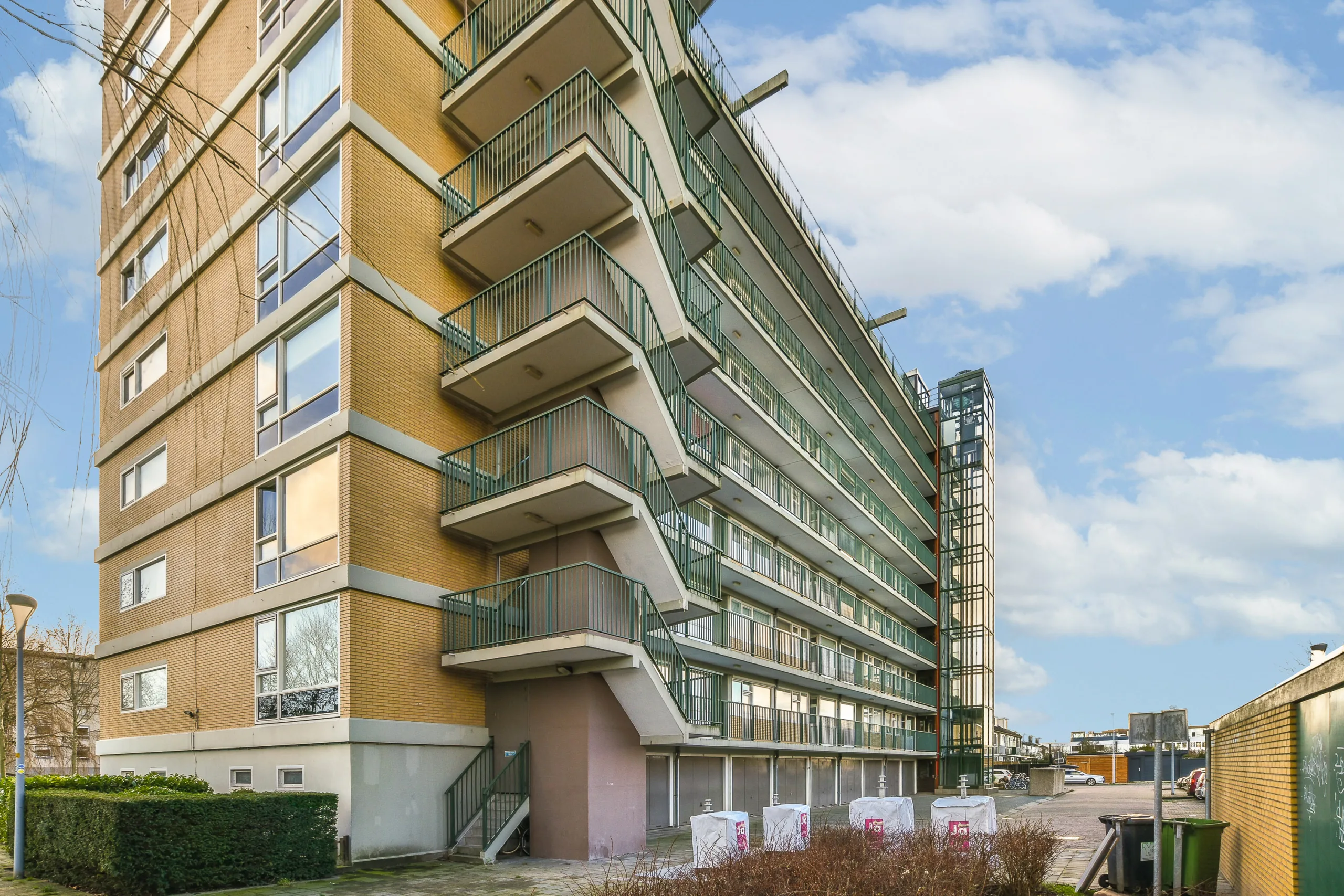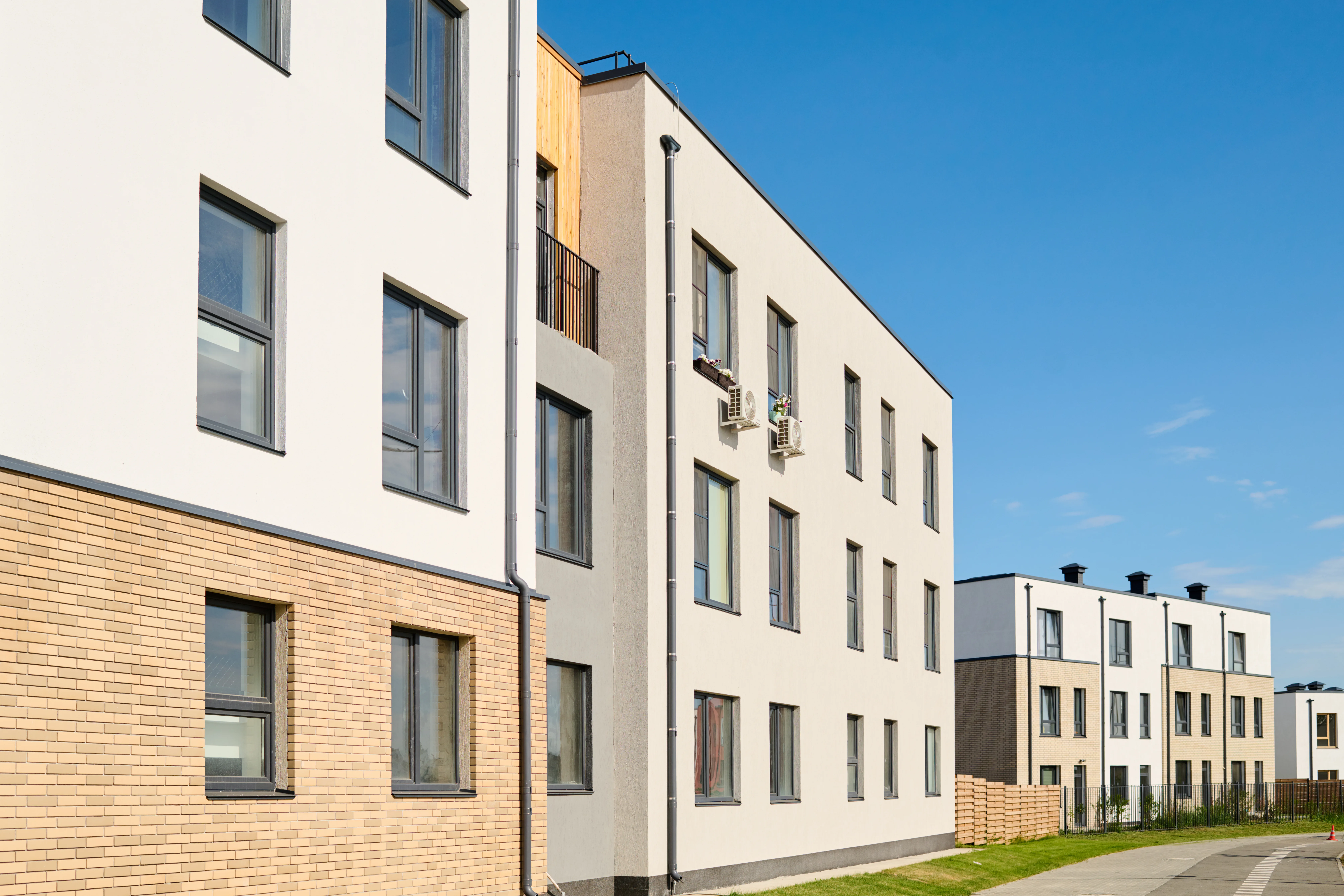- Industrial activity along the Texas-Mexico border has surged, increasing trade volume by 40% over five years and fueling growth in DFW and Houston, the state’s top distribution hubs.
- Despite high demand and low vacancy in both metros, new construction has slowed as uncertainty over trade policy and tariffs causes developers to pause.
- Analysts believe continued manufacturing near the border will benefit Texas’ major cities rather than replace them, reinforcing supply chain corridors along I-35, I-45, and I-20.
Riding The Wave — Cautiously
Texas’ industrial real estate sector continues to benefit from booming trade along the Mexico border, reports Bisnow. Overflow demand is boosting activity in the Dallas-Fort Worth and Houston metros, two of the nation’s top distribution centers. But clouds of uncertainty—especially over trade policy and tariffs—threaten to slow the momentum.
Policy Uncertainty Poses Risks
The border boom coincides with lingering concerns around tariffs and shifting US trade policy. While the Biden administration helped kickstart much of the current growth, fears that a Trump-led tariff regime could reverse progress are mounting. Savills has identified the region as being at an “inflection point,” where uncertainty could halt development before clarity emerges.
Solid Trade Foundations
Texas-Mexico trade currently adds over $471B annually to the state’s economy and is projected to grow to more than $604B by 2050, according to The Perryman Group. Industrial inventory along the border grew 18% in five years, while cities like San Antonio, Houston, and DFW expanded warehousing and logistics capacity to handle rising demand.
Get Smarter about what matters in CRE
Stay ahead of trends in commercial real estate with CRE Daily – the free newsletter delivering everything you need to start your day in just 5-minutes
Strong Demand, Slowing Deliveries
Despite strong net absorption and falling vacancy in Q1, new industrial deliveries in Houston and DFW have slowed. Combined, the two metros saw a nearly 14M SF drop in industrial completions year-over-year. Developers are hesitant to launch new projects until the tariff landscape becomes clearer.
Metros Are Final Hubs, Not Competitors
Concerns that cheaper border cities like Laredo or El Paso could siphon industrial activity away from DFW and Houston are largely unfounded. Analysts argue that border cities serve as entry points, while the metros are key final distribution centers with vital infrastructure like Port Houston and major highway and air networks.
Long-Term Outlook
Even amid the uncertainty, experts expect continued investment in the Texas Triangle — anchored by Houston, Dallas-Fort Worth, San Antonio, and Austin — as companies optimize their supply chains around growing cross-border trade.
What’s Next
Border expansion will likely continue, particularly if onshoring trends accelerate under the next administration. But developers and investors are bracing for a holding pattern until federal policy stabilizes. In the meantime, Texas’ major metros remain essential links in the North American industrial supply chain.
